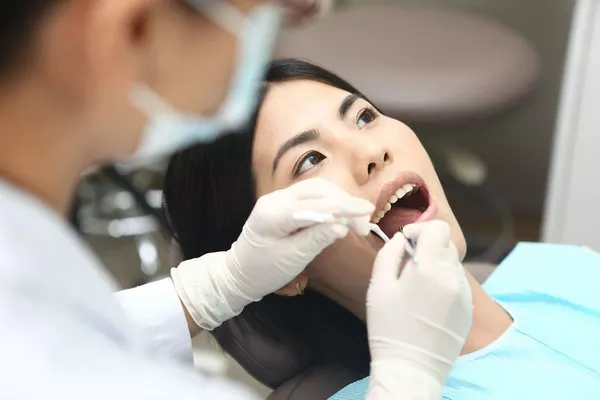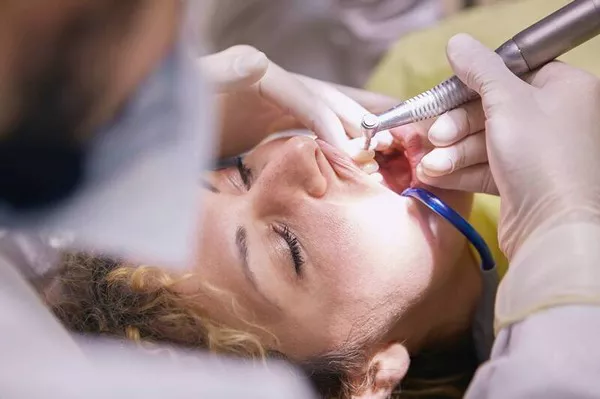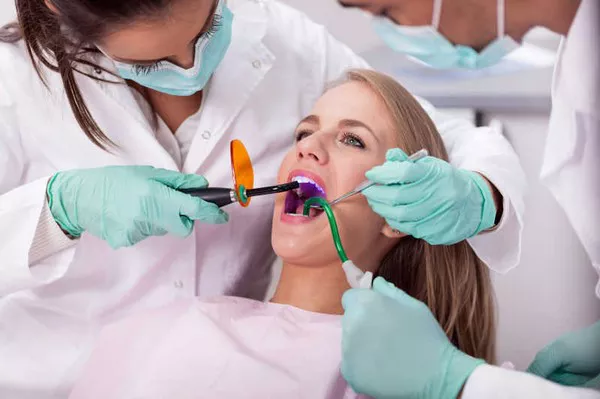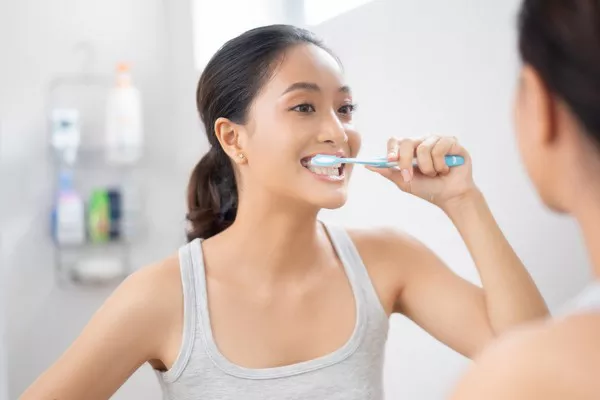After undergoing a dental filling procedure, patients often wonder about the appropriate post-treatment care, including whether it is safe to use mouthwash. While mouthwash can be a valuable addition to your oral hygiene routine, there are certain considerations to keep in mind when using it after getting a filling. In this article, we will explore the effects of mouthwash on dental fillings and provide guidance on when and how to use mouthwash effectively post-filling.
Understanding Dental Fillings
Dental fillings are commonly used to repair teeth that have been damaged by decay, trauma, or wear. During a filling procedure, the dentist removes the decayed or damaged portion of the tooth and fills the empty space with a restorative material, such as amalgam, composite resin, gold, or porcelain. The filling helps restore the tooth’s shape, function, and strength, allowing the patient to chew and speak comfortably.
Purpose of Mouthwash
Mouthwash, also known as mouth rinse or oral rinse, is a liquid oral hygiene product used to freshen breath, reduce plaque and gingivitis, and promote overall oral health. Mouthwash typically contains active ingredients such as fluoride, antimicrobial agents, and other therapeutic substances that help kill bacteria and prevent dental problems. There are different types of mouthwash available, including fluoride mouthwash, antiseptic mouthwash, and cosmetic mouthwash, each with its own set of benefits.
Using Mouthwash After Filling: Considerations
Wait for Healing:
After getting a dental filling, it is essential to allow time for the filling to set and the tooth to heal properly before using mouthwash. Your dentist will provide specific post-treatment instructions, including when it is safe to resume normal oral hygiene practices. In general, it is advisable to wait at least 24 hours after getting a filling before using mouthwash.
Avoid Harsh Ingredients:
When choosing a mouthwash to use after a filling, opt for a gentle, alcohol-free formula that is suitable for sensitive teeth and gums. Avoid mouthwashes that contain harsh ingredients such as alcohol or hydrogen peroxide, as these may irritate the tooth and gum tissues, especially in the immediate aftermath of a filling procedure.
Follow Dentist’s Recommendations:
Your dentist may provide specific recommendations regarding the use of mouthwash after a filling, based on the type of filling material used and your individual oral health needs. Follow your dentist’s instructions carefully and consult them if you have any questions or concerns about using mouthwash post-filling.
Rinse Gently:
When using mouthwash after a filling, rinse gently to avoid dislodging or disturbing the filling material. Swish the mouthwash around your mouth for the recommended duration, typically 30 seconds to 1 minute, and then spit it out. Avoid vigorous swishing or gargling, as this may increase the risk of disrupting the filling.
Choose Fluoride Mouthwash:
Fluoride mouthwash can be particularly beneficial after getting a filling, as it helps strengthen the tooth enamel and prevent tooth decay. Look for a fluoride mouthwash recommended by your dentist and use it as part of your daily oral hygiene routine to help maintain the health of your teeth and gums.
Conclusion
Using mouthwash after a dental filling can be a safe and effective way to promote oral health and maintain the longevity of the filling. However, it is essential to wait for the filling to set and the tooth to heal properly before incorporating mouthwash into your post-treatment oral hygiene routine. Choose a gentle, alcohol-free mouthwash and follow your dentist’s recommendations for optimal results. By practicing good oral hygiene and using mouthwash as directed, you can help ensure the success of your dental filling and enjoy a healthy, beautiful smile for years to come.
Can You Eat After A Root Canal Filling
Which Filling Is Better For Teeth
Wisdom Tooth Extraction Or Root Canal Which Is Better




























